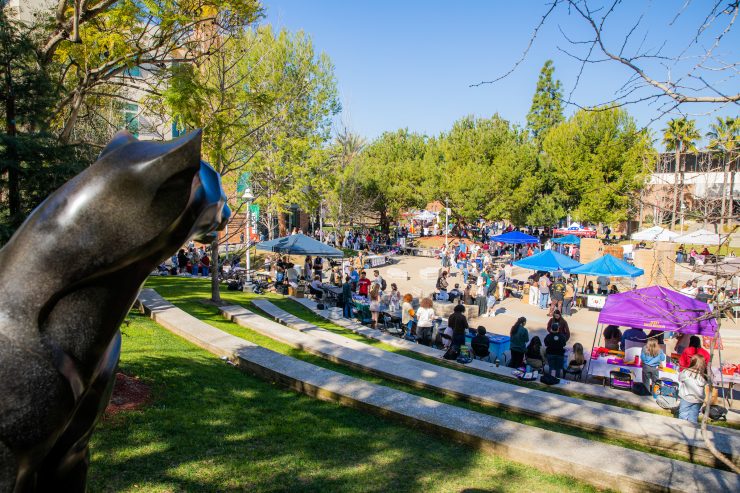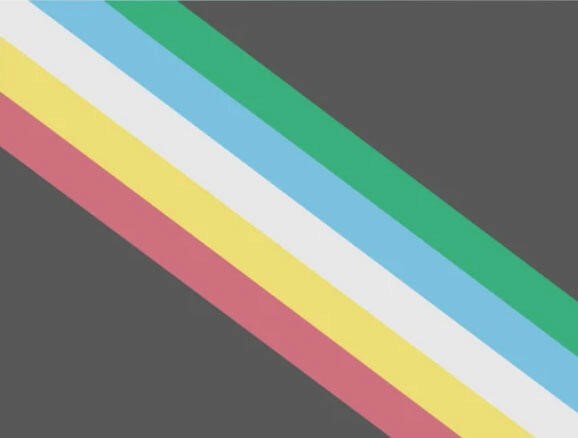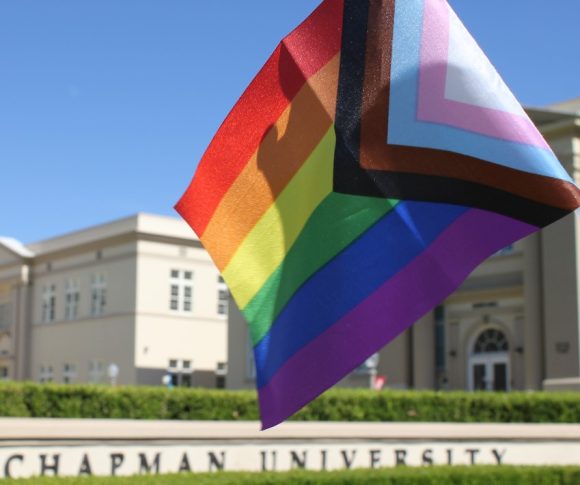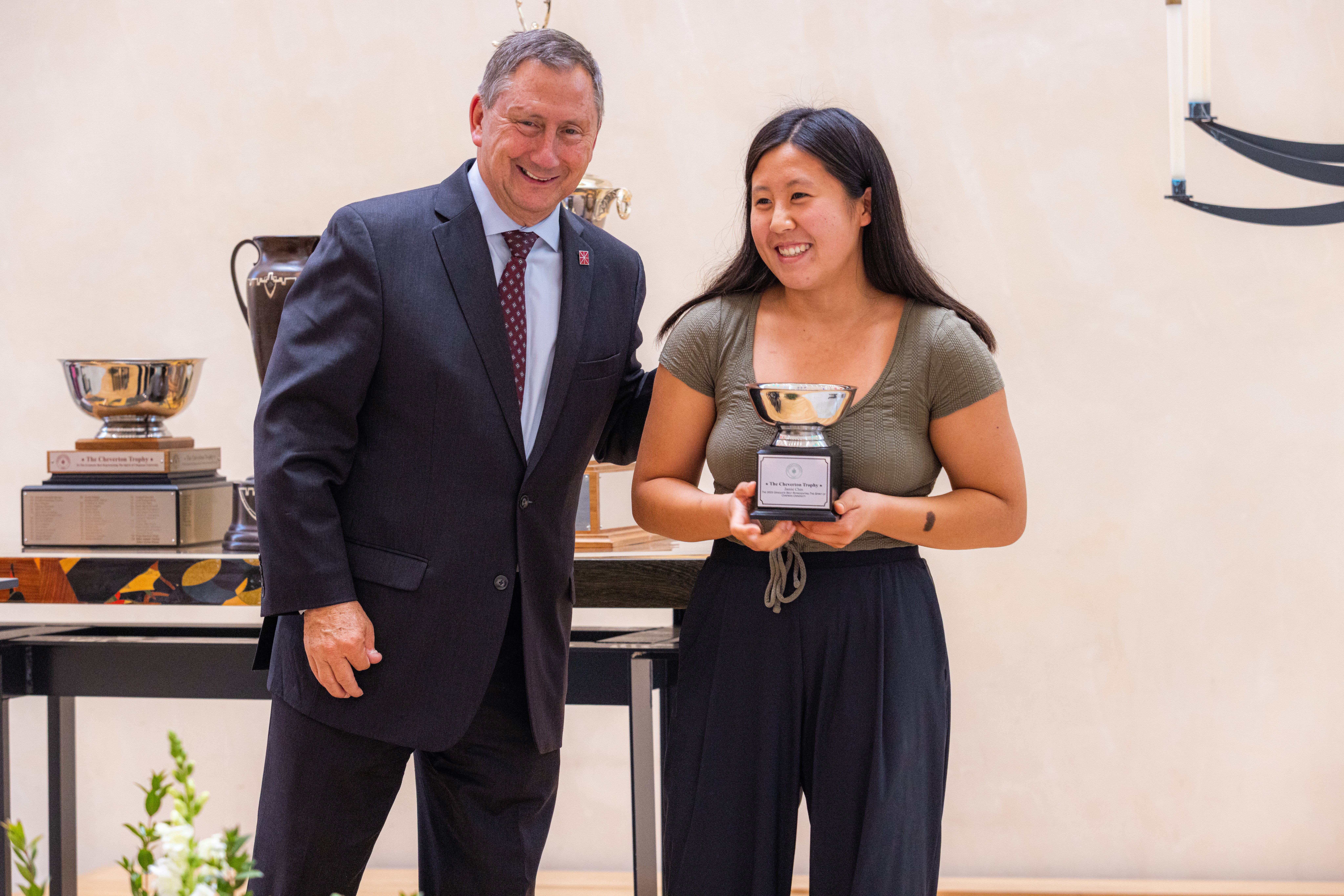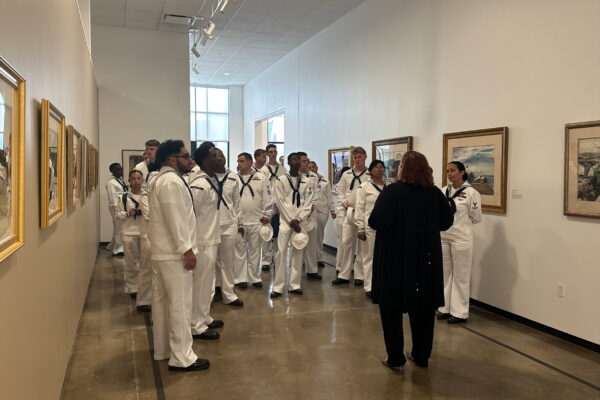Brittania Gentis and Kevin Nguyen-Stockbridge
LGBTQ Pride month closed with June and the start of July welcomed us into a celebration of Disability Pride Month. Celebrations like these are important to our Chapman community as we recognize Panthers from both these groups and commit to growing a sense of belonging for all.
The Disability and LGBTQIA+ designations represent community collectives, drawing together people with various experiences under a common umbrella of identity. Those in the disability community generally share experiences of marginalization when it comes to the ways that society defines ability. Those in the LGBTQIA+ community experience otherness along the lines of social definitions of gender, sexuality and romance.
These communities are not mutually exclusive. Some in our own Panther family identify as being both disabled and queer while others may only identify as a member of one of these communities. Additionally, all individuals exist at the intersection of multiple identity markers. This means that there is no one way to be disabled or LGBTQIA+.
How do such diverse collectives foster a common sense of belonging? Often this is through meaningful unifying symbols such as language, spaces and practices. One powerful symbol is the use of flags.
Disability Pride Flag
The history of Disability Pride Month begins with the Americans with Disabilities Act (ADA) which passed in July 1990. This historic legislation sought to protect the rights of people with disabilities in American society. The legislation was amended to expand its applicability in 2008, moving it into U.S. Code. While commemorations of the ADA have taken place in various ways since its passing, many felt that a more robust celebration of the disability community was in order. There was a desire to highlight the diverse gifts, cultures and ways of being that those with disabilities inhabit and to affirm all of these as assets. The celebration of Disability Pride is such a celebration — marked by marches, parades, educational efforts and other symbols of community celebration.
In 2019 Ann Magill, an author with cerebral palsy, designed a flag with red, blue, white, gold and green zigzag stripes. In 2021 Magill released a redesigned flag after she received feedback that the zigzag design worsened symptoms for those with visually triggered disabilities such as migraines and seizures. The zigzags on the old design were meant to represent how disabled people creatively navigate barriers.
On the redesigned flag, the parallel stripes stand for intracommunal solidarity. The stripes on the flag represent disability types: red for physical disabilities, gold for cognitive and intellectual disabilities, white for non-visible and undiagnosed disabilities, blue for psychiatric disabilities and green for sensory disabilities. The stripes are displayed on a black background to commemorate and mourn disabled people who have died due to ableism, violence, negligence, suicide, rebellion, illness and eugenics. Similar to LGBTQIA+ flags, the Disability Pride flag is an outward symbol of the identity, resilience and capacity of the disabled community and can be displayed as a symbol of solidarity.
LGBTQIA+ Flags
During June many businesses, institutions, and homes can be found putting up rainbow flags as a gesture of identification or solidarity with the LGBTQIA+ community. The first Pride banner, created by gay artist and activist Gilbert Baker in 1978, had vertical stripes of hot pink, red, orange, yellow, green, turquoise, indigo and violet. Baker gave meaning to each of the colors and applied this symbol to the LGBTQIA+ community. This flag was simplified to six colors and adopted as a community standard. In 2017, the city of Philadelphia added two vertical stripes in the colors of black and brown to the flag, acknowledging that LGBTQIA+ people of color are all too often marginalized, even in the queer community, and should be recognized in the symbols of the community.
A couple years after the release of a new flag in Philadelphia, the Progress Pride flag was developed. This flag overlaid a triangle pointing forward made of black, brown, light blue, pink and white at the corner of the original six-color flag. Not only does this flag bring in the colors of the transgender community flag (light blue, pink and white) but emphasizes a commitment to advance greater inclusion, led by queer and transgender people of color. In addition to flags that celebrate the larger LGBTQ+ community, there are many flags that have been created to specifically celebrate particular sexual, gender, and romantic identities as well.
Panther Communities
“A true flag is torn from the soul of the people. A flag is something that everyone owns, and that’s why they work. The Rainbow Flag is like other flags in that sense: it belongs to the people,” according to Gilbert Baker.
These banners wave as a sign of community for many who have experienced marginalization. They represent a commitment to inclusion and acceptance. You may see these flags flying on our campus, hanging in faculty and staff offices or sewn onto student backpacks as a testimony of belonging. They remind us all of the diversity that our campus holds.
Brittania Gentis is assistant director of disability services. Kevin Nguyen-Stockbridge is director of LGBTQ pride and achievement.
